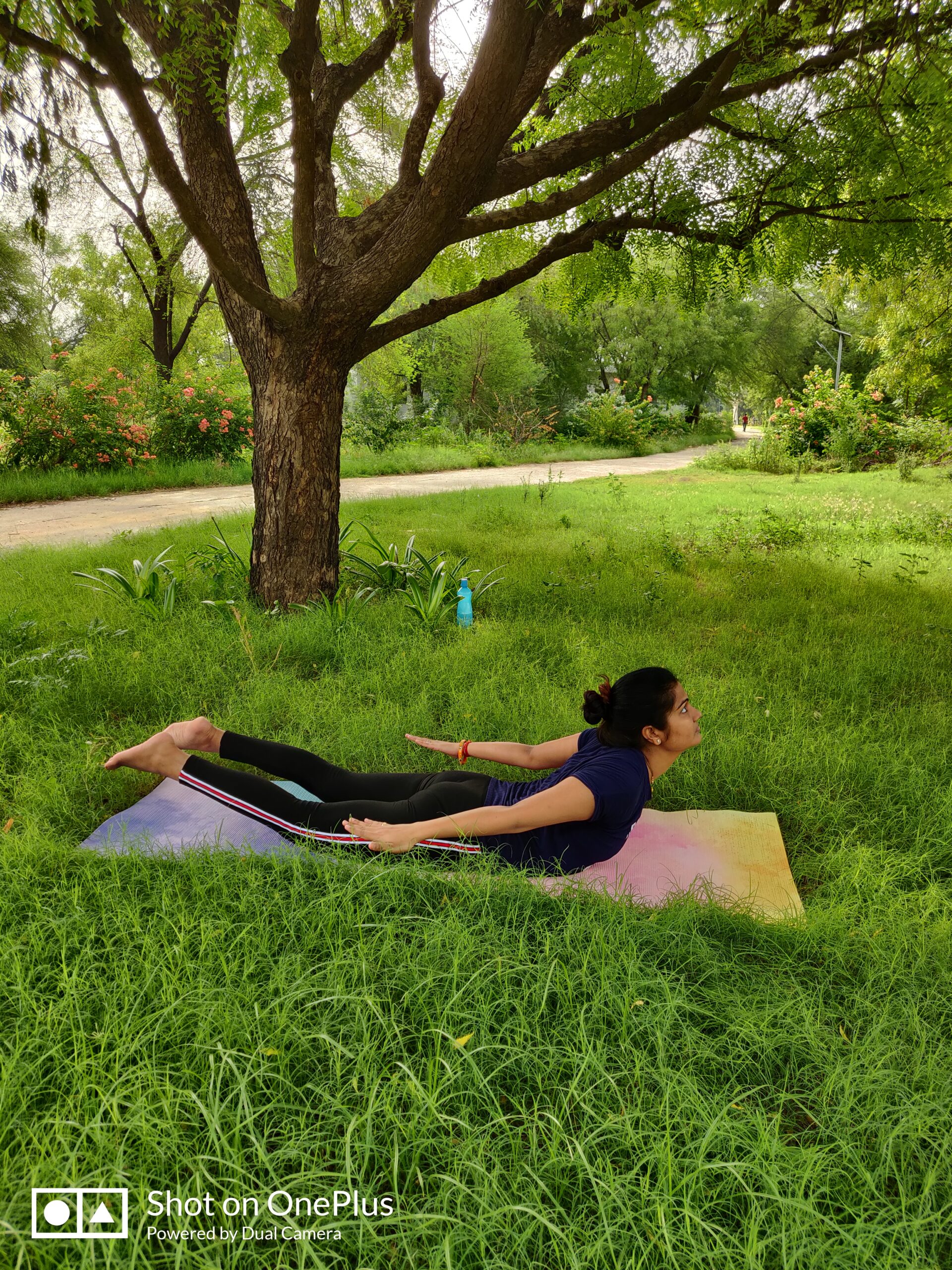The Silent Symphony of Inner Stillness
In the cacophony of modern life, meditation emerges as a sanctuary, a sacred space where the mind finds solace and the spirit discovers its innate tranquility. At the heart of this contemplative practice lies Dhyana, a profound journey into the realms of silent awareness and heightened presence.
Understanding Dhyana: Meditation in Essence
The Essence of Dhyana
Dhyana, commonly known as meditation, transcends the mere act of sitting in stillness. It is an experiential voyage, an art of cultivating a profound state of mindfulness. Rooted in ancient Eastern traditions, Dhyana beckons individuals to go beyond the fluctuations of the mind, inviting a deep connection with the present moment.
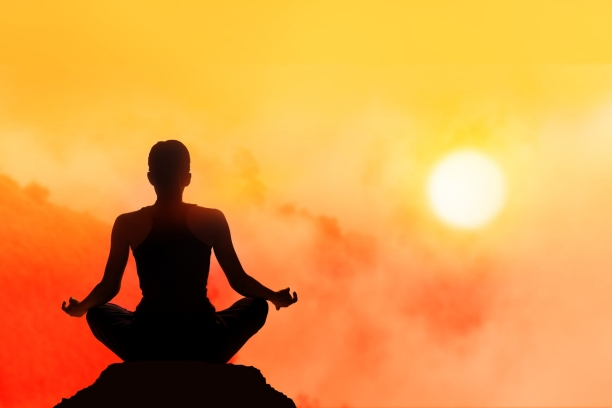
The Foundations of Meditative Posture
1. Sukhasana (Easy Pose)
Technique:
- Sit comfortably with your legs crossed.
- Place hands on the knees, palms facing up.
- Straighten the spine, relax the shoulders, and close the eyes.
- Breathe naturally, focusing on the breath.
Benefits:
- Establishes a stable and grounded posture.
- Facilitates relaxation and ease during meditation.
2. Vajrasana (Thunderbolt Pose)
Technique:
- Kneel with buttocks resting on heels.
- Keep the back straight and hands on the thighs.
- Close your eyes and maintain steady breathing.
Benefits:
- Promotes a sense of alertness and stability.
- Aligns the spine for an upright meditation posture.
Cultivating Meditative Awareness
3. Breath Awareness Meditation
Technique:
- Sit in a comfortable posture.
- Focus attention on the natural breath.
- Observe the inhalation and exhalation without manipulation.
- Redirect the mind to the breath if it wanders.
Benefits:
- Cultivates mindfulness and presence.
- Calms the mind and reduces mental chatter.
4. Body Scan Meditation
Technique:
- Start from the toes and gradually scan the body’s sensations.
- Bring awareness to each body part sequentially.
- Release tension and relax each area consciously.
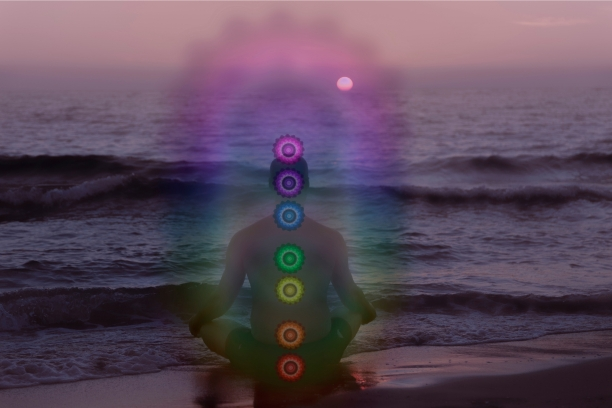
Benefits:
- Enhances body-mind connection.
- Alleviates physical and mental tension.
Diving Deeper into Dhyana
5. Loving-Kindness Meditation (Metta)
Technique:
- Cultivate feelings of love and compassion.
- Extend these feelings first to oneself, then to others.
- Wish happiness and well-being for all beings.
Benefits:
- Fosters a sense of compassion and interconnectedness.
- Cultivates a positive and open-hearted mindset.
6. Transcendental Meditation (TM)
Technique:
- Sit comfortably with closed eyes.
- Repeat a mantra silently.
- Allow the mind to settle into a state of transcendence.
Benefits:
- Promotes deep relaxation and stress reduction.
- Enhances mental clarity and creativity.
The Dance of Mind and Spirit
7. Mindfulness Meditation
Technique:
- Bring attention to the present moment.
- Observe thoughts and sensations without judgment.
- Gently guide the mind back to the present if it wanders.
Benefits:
- Develops non-judgmental awareness.
- Cultivates a centered and mindful approach to life.
8. Chakra Meditation
Technique:
- Focus on each chakra, starting from the root to the crown.
- Visualize energy flowing freely through each energy center.
- Harmonize the energy for overall well-being.
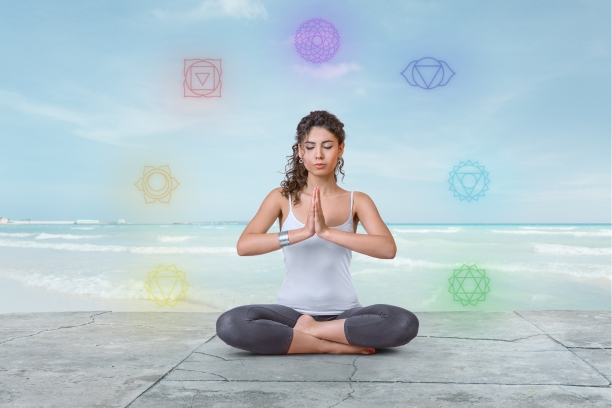
Benefits:
- Balances the body’s energy centers.
- Enhances spiritual awareness and vitality.
Exploring Advanced Dimensions of Dhyana
9. Vipassana Meditation
Technique:
- Sit comfortably and focus on the natural breath.
- Gradually shift attention to bodily sensations.
- Observe sensations with equanimity, acknowledging impermanence.
Benefits:
- Develops insight into the nature of reality.
- Enhances mindfulness and self-awareness.
10. Zen Meditation (Zazen)
Technique:
- Sit in a stable posture with hands forming a mudra.
- Focus on breath or a koan (a paradoxical question).
- Allow thoughts to come and go without attachment.
Benefits:
- Cultivates a deep sense of presence.
- Fosters clarity and concentration.
Integrating Movement and Stillness
11. Walking Meditation
Technique:
- Walk slowly with awareness of each step.
- Maintain a gentle focus on the breath.
- Engage in mindful walking in a designated space.
Benefits:
- Enhances mind-body connection.
- Offers a dynamic form of meditation.
12. Tai Chi Meditation
Technique:
- Perform Tai Chi movements with slow, deliberate motions.
- Sync movements with the breath, cultivating mindfulness.
- Focus on the flow of energy throughout the practice.
Benefits:
- Harmonizes energy flow in the body.
- Combines meditation with gentle physical activity.
The Power of Visualization
13. Trataka Meditation (Concentration on a Point)
Technique:
- Gaze at a fixed point (candle flame, symbol, or image).
- Keep the eyes open until tears are shed.
- Close the eyes and visualize the image internally.
Benefits:
- Enhances concentration and focus.
- Cultivates inner stillness and heightened awareness.
14. Yoga Nidra (Yogic Sleep)
Technique:
- Lie down in a comfortable position.
- Follow a guided meditation, focusing on each body part.
- Reach a state between wakefulness and sleep.
Benefits:
- Facilitates deep relaxation and rejuvenation.
- Reduces stress and promotes mental clarity.
Exploring Sound in Meditation
15. Nada Yoga (Sound Meditation)
Technique:
- Sit comfortably and focus on internal sounds or external music.
- Deepen concentration on the subtleties of sound.
- Allow the sound to dissolve into silence.
Benefits:
- Heightens auditory awareness.
- Induces a meditative state through sound vibrations.
16. Gong Bath Meditation
Technique:
- Lie down and immerse yourself in the sound of gongs.
- Allow the vibrations to wash over you.
- Experience deep relaxation and inner resonance.
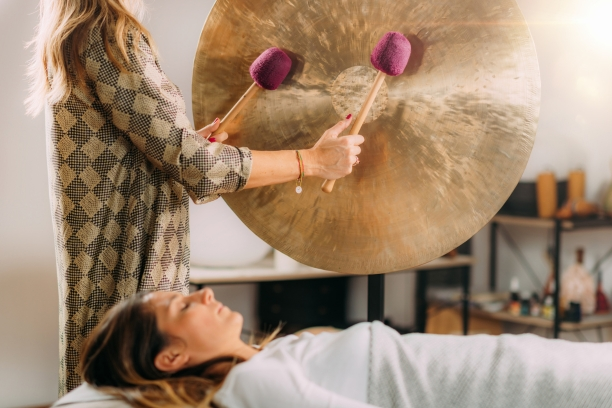
Benefits:
- Releases energetic blockages.
- Promotes a sense of harmony and balance.
Crafting Your Meditation Sanctuary
17. Creating a Sacred Space
Designate a specific area for meditation adorned with meaningful symbols, candles, or plants. A dedicated space enhances the meditative experience, signaling to the mind that it is time to transition into a state of stillness.
18. Meditation Altar
Craft a personal meditation altar with items that hold spiritual significance. This could include crystals, sacred texts, or images that inspire a connection with higher consciousness.
Nurturing Your Meditation Practice
19. Group Meditation
Participate in group meditation sessions to amplify the collective energy and shared intention. Group meditations provide a supportive environment, fostering a sense of community on the spiritual journey.
20. Silent Retreats
Embark on a silent retreat to deepen your meditation practice. Immersing yourself in an extended period of silence offers an opportunity for profound introspection and spiritual growth.
Integrating Dhyana into Daily Life
Mindful Living
Dhyana extends beyond the meditation cushion into daily life. By infusing mindfulness into routine activities, individuals can carry the essence of meditation into every moment. Whether eating, walking, or engaging in conversations, the principles of Dhyana facilitate a continuous state of awareness.
Ritualizing Meditation
Establishing a regular meditation routine transforms Dhyana into a ritual. Designate a specific time and space for meditation, creating a sacred environment conducive to inner reflection. Consistency nurtures the growth of this transformative practice.
Learn More: Exploring the Benefits of Pranayama Breathing Exercises




